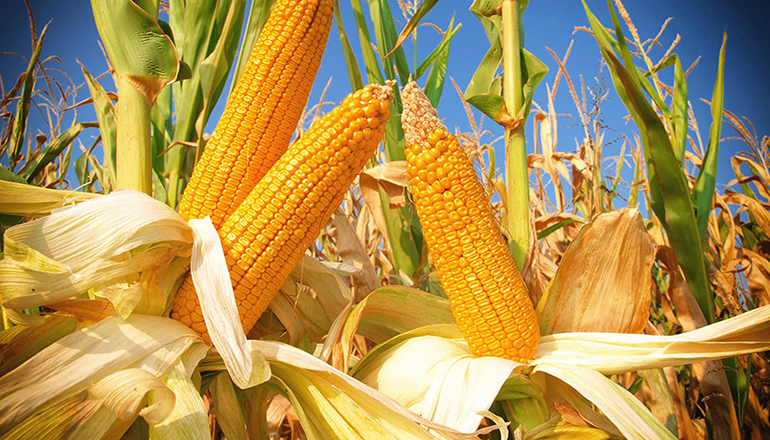Driving down the road in Missouri, you can see most of the fields have been combined and some farmers have applied anhydrous, unlike last year. Everyone still remembers last fall with the muddy conditions and having to push off anhydrous application until the spring, causing a shortage this past year.
A notable shortage in some parts of the Midwest this year, Iowa, Minnesota, North Dakota, and Wisconsin, in particular, is propane. The early cold winter weather conditions increased residential and livestock propane usage, limiting propane supplies to producers to use it for drying corn. With the extended harvest season, many producers have turned to dryers to bring the moisture down.
This month’s WASDE report was released on November 8. It showed lower corn production and use, as well as decreased ending stocks. U.S. corn production was estimated at 13.661 billion bushels, a decrease of 118 million. Corn yield was decreased to 167 bushels per acre, down 1.4 bushels from last month’s forecast. Soybean production was marginally decreased and ending stocks were increased. U.S. soybean production was estimated at 3.55 billion bushels and the estimated soybean yield was 46.9 bushels per acre. Ending stocks were forecast at 475 million bushels, increased by 15 million bushels, due to a decrease of projected soybean crush by 15 million bushels. Yields and yield potential continue to be quite wide-ranging, depending on soil type and location of fields.
There was a mostly steady decrease in corn and soybean bids. Harvest pressure, dreary export data, and overseas trade concerns attributed to the falling bids. Wheat bids increased due to basis changes, as well as condition concern with bitterly cold temperatures and little snow cover in key growing areas. A topic discussed recently is livestock producers being limited in turning out cattle on wheat fields. The wheat crop did not have a good standing or did not come up very well at all, particularly in Oklahoma and Texas.
The latest national Crop Progress report was released on December 2. In the major eighteen growing states, 89 percent of corn has been harvested. Some notable slow harvest pace states are North Dakota at 36 percent, Michigan and Wisconsin at 66 percent, and South Dakota at 80 percent completed. In the majoring soybean production states, 96 percent has been harvested.
The average November corn bid in Missouri was 3.83, 0.01 higher than October’s average corn bid. Statewide, corn bids ranged from 0.05 lower to 0.05 higher than last month’s averages. Compared to November 2018, this month’s corn bids were 0.19 to 0.37 higher, with the combined average 0.23 higher than a year ago. Corn bids closed on November 27 from 0.14 to 0.27 lower, when compared to November 1. The latest and final 2019 weekly Missouri Crop Progress and Condition report indicated that 92 percent of our state’s corn has been harvested, 7 percent behind last year’s pace and the five-year average.
The average November soybean bid in Missouri was 8.99, 0.05 higher than October’s average soybean bid. Statewide, soybean bids ranged from 0.05 lower to 0.11 higher than last month’s averages. Compared to November 2018, soybean bids were 0.33 to 0.68 higher, with the combined average 0.56 higher than a year ago. On November 27, soybean bids closed 0.36 to 0.47 lower, when compared to November 1. The Missouri Crop Progress and Condition report released November 25 showed 91 percent of the state’s soybean crop has been harvested, ahead of last year’s pace by 7 percent and slightly behind the five-year average.
The average November soft wheat bid in Missouri was 5.16, 0.27 higher than October’s average wheat bid. Statewide, wheat bids ranged from 0.06 to 0.53 higher than last month’s averages, with several elevators changing their basis. Compared to November 2018, soft wheat bids were 0.30 to 0.37 higher, with the combined average 0.22 higher than a year ago. On November 27, wheat bids closed 0.13 to 0.5 higher, when compared to November 1. 93 percent of Missouri’s winter wheat has been planted and 77 percent has emerged. 41 percent of the state’s winter wheat is rated in the good to excellent categories. Pasture condition slightly decreased with 66 percent in the good to excellent categories but is still well ahead of the condition from last year.






